Dog Grooming Tips for Beginners
Do you often get the “You know what you’re doing…right?” look when you start grooming your dog? If so, you may want to check out the list of pet grooming tips below. Grooming can be a little stressful but it can also be a great way to spend quality time with your pet.
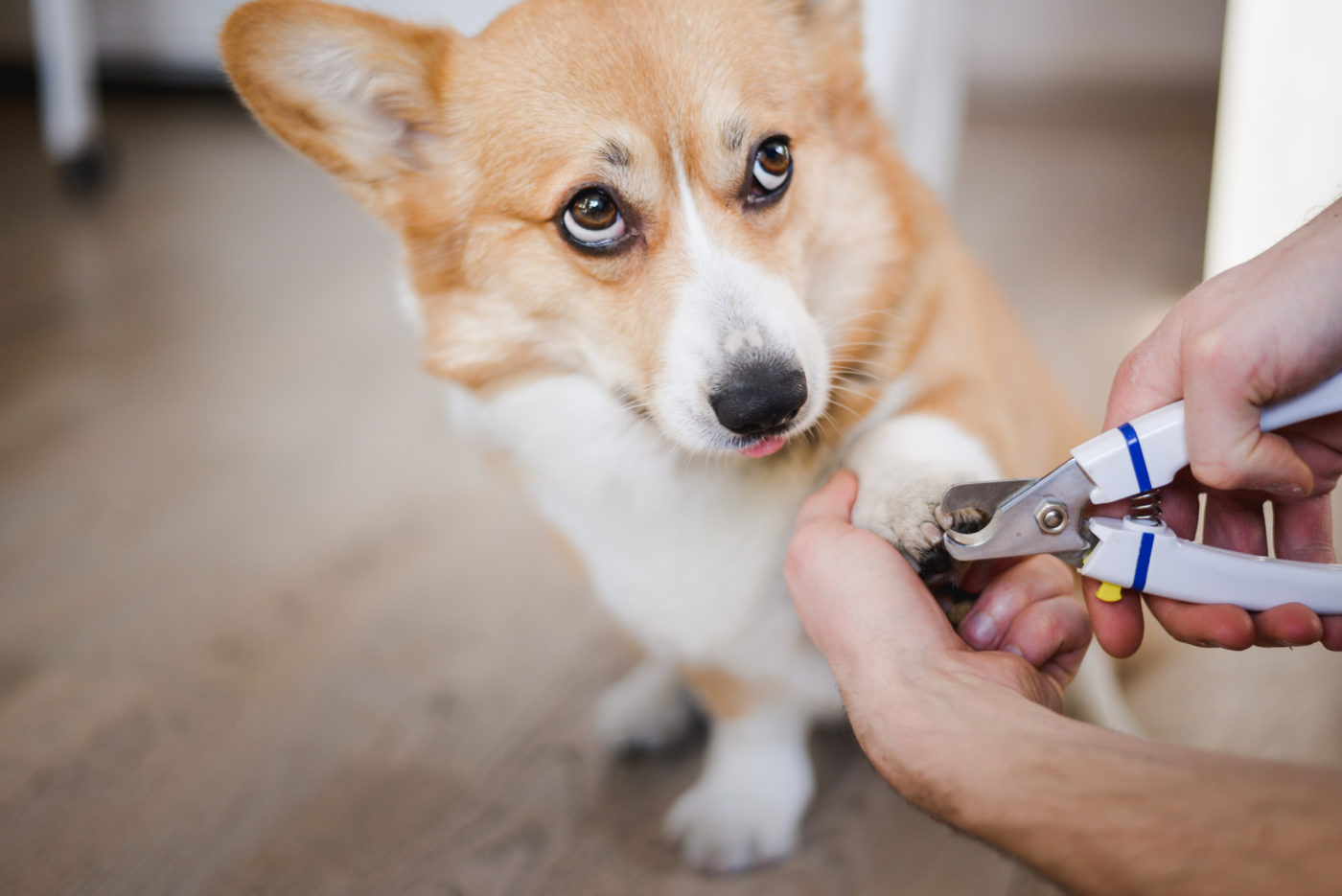

Start Young
Grooming is an ongoing task throughout the life of our canine friends so it’s important to get them used to the routine while young. For starters, be sure to play with their paws, brush your dog’s coat, and get your pup used to the different sounds of the tools like trimmers.
Introduce all of these grooming practices gradually and if your dog happens to get scared during any part of the process take a break and reintroduce it slowly. Creating a positive experience now will lead to more positive experiences for your dog (and you!) as you groom your furry friend in the future.
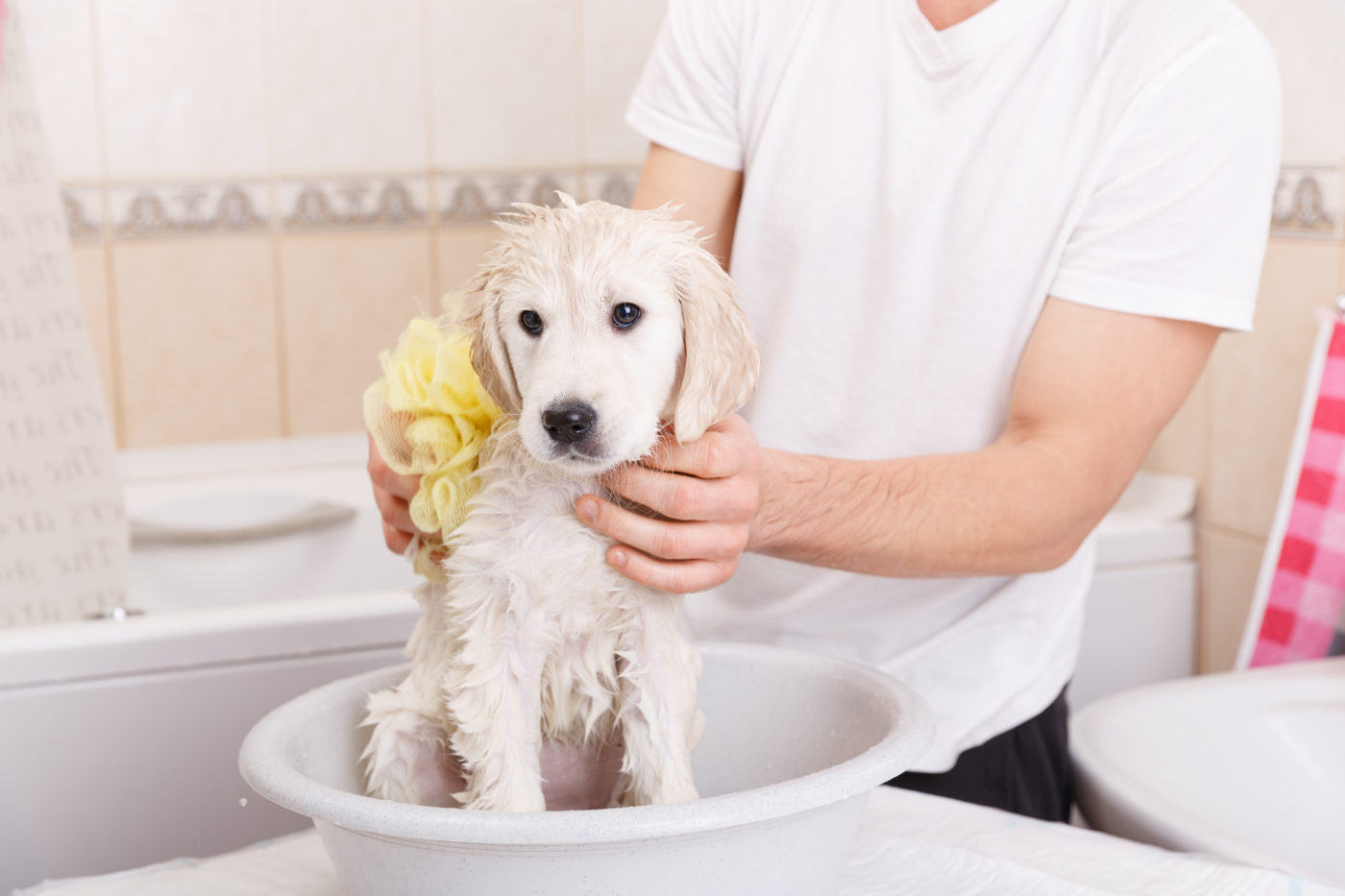

Choosing the Right Grooming Tools
Brushes
There are several different types of brushes available for dog owners to use including the slicker brush, pin brush, dematting rake and many more. Choosing the right brush depends a lot on your dog’s skin & coat needs.
If you have a dog that sheds, using a deshedding tool routinely like the Furminator or the EquiGroomer can significantly reduce shedding and make your daily fur cleanup a little less frequent. The EquiGroomer is perfect for families with multiple pets, but the Furminator can provide a more specialized option depending on the size of your pet and length of hair.
Pet grooming gloves are not a standard type of brush but they can provide a low effort way to brush your dog in between grooming sessions. All you do is wear the gloves and pet your dog or cat like you normally would do. There are several grooming tips that help catch loose hair and your pet simply thinks they are getting a massage. You can even use these gloves during bath time as well.
Nail Trimmers
There are many products on the market to help with nail trimming. Some things to consider when looking into a nail trimmer is:
- How does it feel in your hand? You want to make sure it’s comfortable for you to use.
- How much sound does it make? This is important if you have a dog that’s a little more sensitive to sounds.
- Does it have a safety guard? If you are inexperienced a safety guard will help keep you from cutting your dog’s nails too short.
- Is it suitable for your dog’s size?
While trimming your dog’s nails can be a little bit of a chore for the pet parent, it can also be painful for your pup if you happen to cut your pet’s nails too short. If this happens use a styptic powder which will help stop the bleeding and relieve minor discomfort.
If you’re looking for a safe alternative to trimming your dog’s nails try grinding them with a tool like the Dremel Dog Nail Grinder. Grinding can be used in tandem with trimming or it can remove the need to trim altogether which is a plus for many pet parents.
Dental Care
According to VCA Animal Hospitals, “Dental disease is one of the most common medical conditions seen by veterinarians. Over 80% of dogs over the age of three have active dental disease.” While dental issues tend to be common, they can be prevented if you practice proper oral care daily.
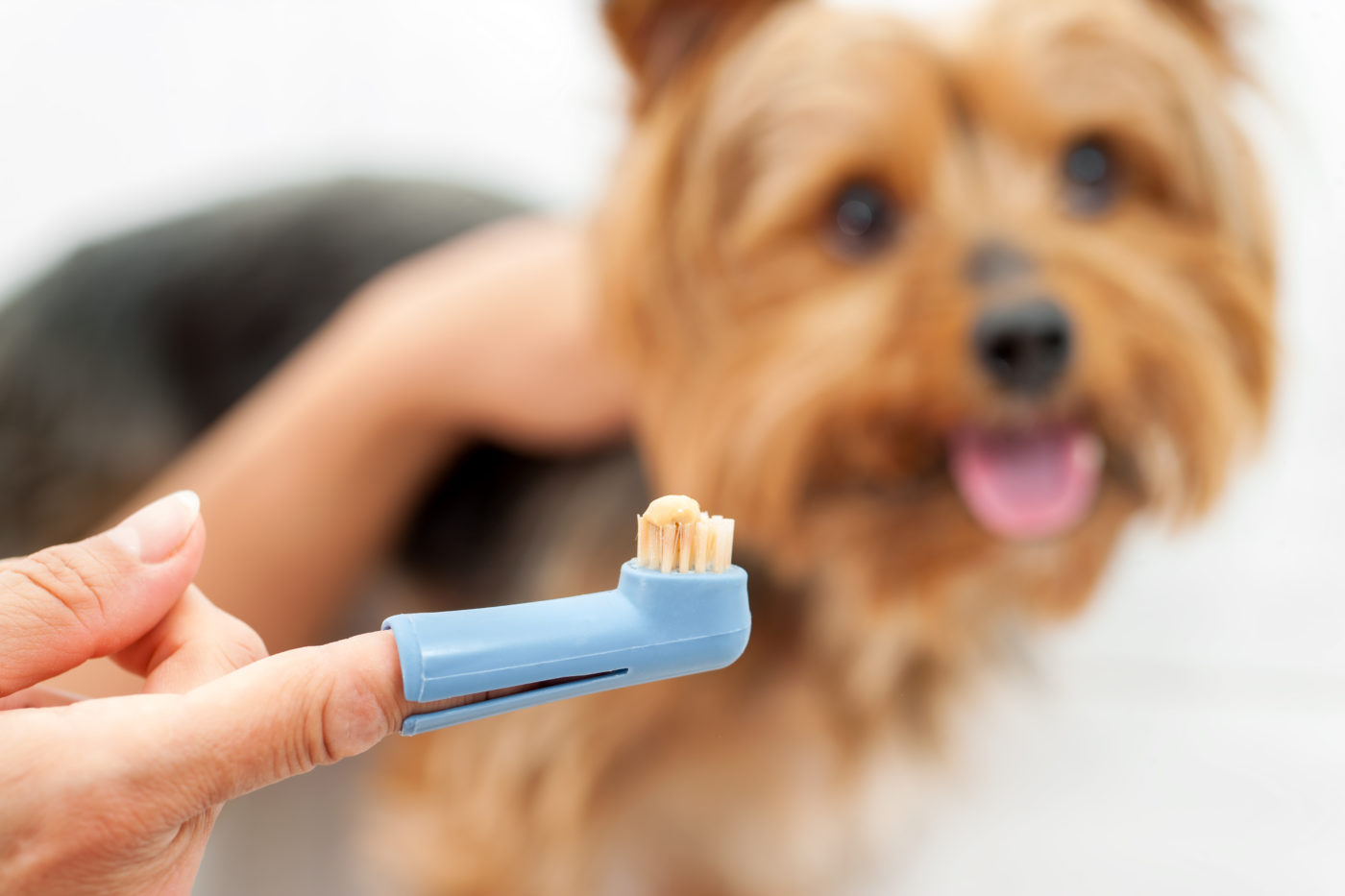

If your dog is not a fan of getting his/her teeth brushed, here are some great training tips from Rover.com:
1. “Begin with a jar of peanut butter or baby food. Put a dab on your finger, then gently bring it to your dog’s mouth. Rub a tooth or two with the food when your dog opens up. As your dog becomes more accepting of this, try keeping your finger “brushing” around larger sections of their teeth or gums.
2. Next, repeat step 1, this time putting the peanut butter or baby food on a proper dog-sized toothbrush instead of your finger.
3. When your dog is comfortable with the toothbrush, you’re ready to switch to doggy toothpaste (never human toothpaste). If possible, use the same flavor of toothpaste that you used in your training.”
Bathtime
How often should you bathe your dog? There is no one-size-fits-all answer to this question so it really depends on a few factors such as your dog’s activity level, skin sensitivity, and hair length.
For example, if you have an active dog that loves to dig holes or roll around in the grass then bathtimes are probably going to be a pretty common occurrence in your household. However, if your dog primarily spends more time inside then a bath can occur less frequently. It’s important to be removing the dirt but not the natural oils that help protect your pup’s skin.
“At a minimum, bathe your dog at least once every three months. You can wash your dog as frequently as every other week (with a gentle shampoo, it could be even more frequent). When in doubt, use your judgment — if your dog starts to smell, it’s probably time for a bath.”
Canine Journal
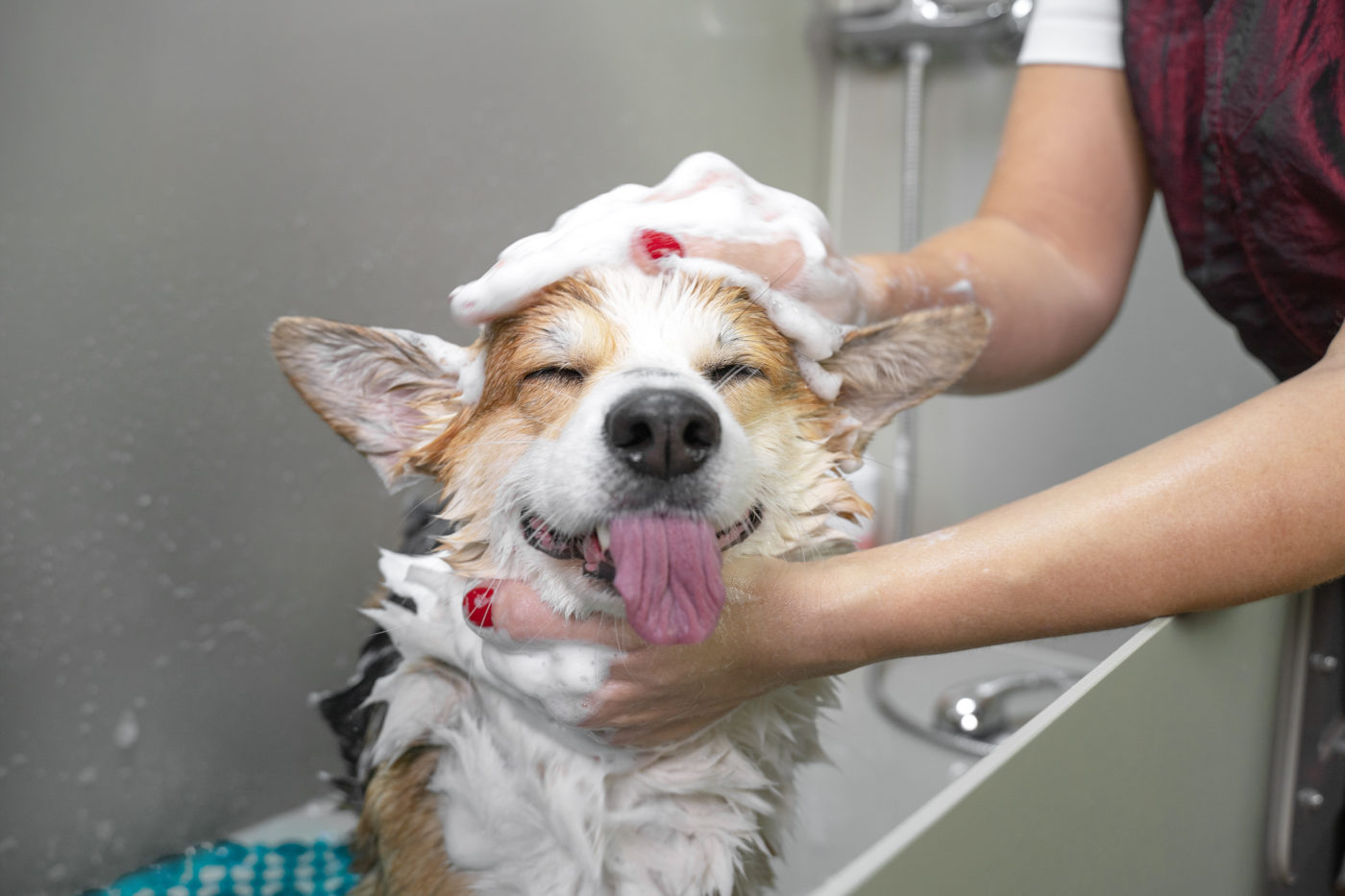

Shampoo
There are several options available for dog shampoo depending on your dog’s needs. Deshedding shampoos like I use for my Siberian Husky, shampoo + conditioner combos and waterless shampoos are all options to consider when getting ready for bathtime.
If your dog has sensitive skin it’s best to get natural or hypoallergenic shampoos that include oatmeal or aloe vera! These can be great to soothe dogs with itchy skin.
If your dog’s itchiness is food related you might try feeding a sensitive diet. We recommend our Wholesomes Sensitive Skin & Stomach with Salmon Protein as a good recipe to start. The salmon provides a great source of Omega-Fatty acids and is blended with hearty ancient grains for a complete and balanced meal.
If your dog is not a fan of baths try attaching a Lick Mat to the side of your tub for a delicious distraction. Your dog will be busy eating their favorite snack while making bathtime duties a little more stress-free for you!
In order to keep water out of your dog’s ears it’s a good idea to use a cotton ball as an ear plug during bathtime.
Grooming Spray
For the final stage of pampering, try a grooming spray on your pet after you’ve finished bath time! This step may seem a little “extra” but these sprays can help to detangle hair, make brushing a little easier and make your pup smell wonderful. These sprays can also be a great way to freshen up your pet between regular baths.
Reward Good Behavior
In a perfect world grooming would be a positive experience that your dog enjoyed! I mean who doesn’t love a little extra pampering? Unfortunately, that’s not the case for all of our furry friends. If your dog would rather be doing anything else he/she might need a little extra incentive to make it through their regular grooming session.
In the case where you have a reluctant participant, we recommend using our Cleo’s Jerky Sticks moist treats and taking multiple breaks to reduce any stress or anxiety your pet may be experiencing. These treats also have Omega-6 & Omega-3 fatty acids to help maintain your dog’s healthy skin & coat.
Get Professional Help
The simple grooming tasks such as brushing or bathing can be easy but you may feel out of your comfort zone when it comes to trimming your dog’s hair. A professional groomer is a great option for higher maintenance dogs or if you don’t have the time or the comfort level to keep up with all the necessary grooming chores.
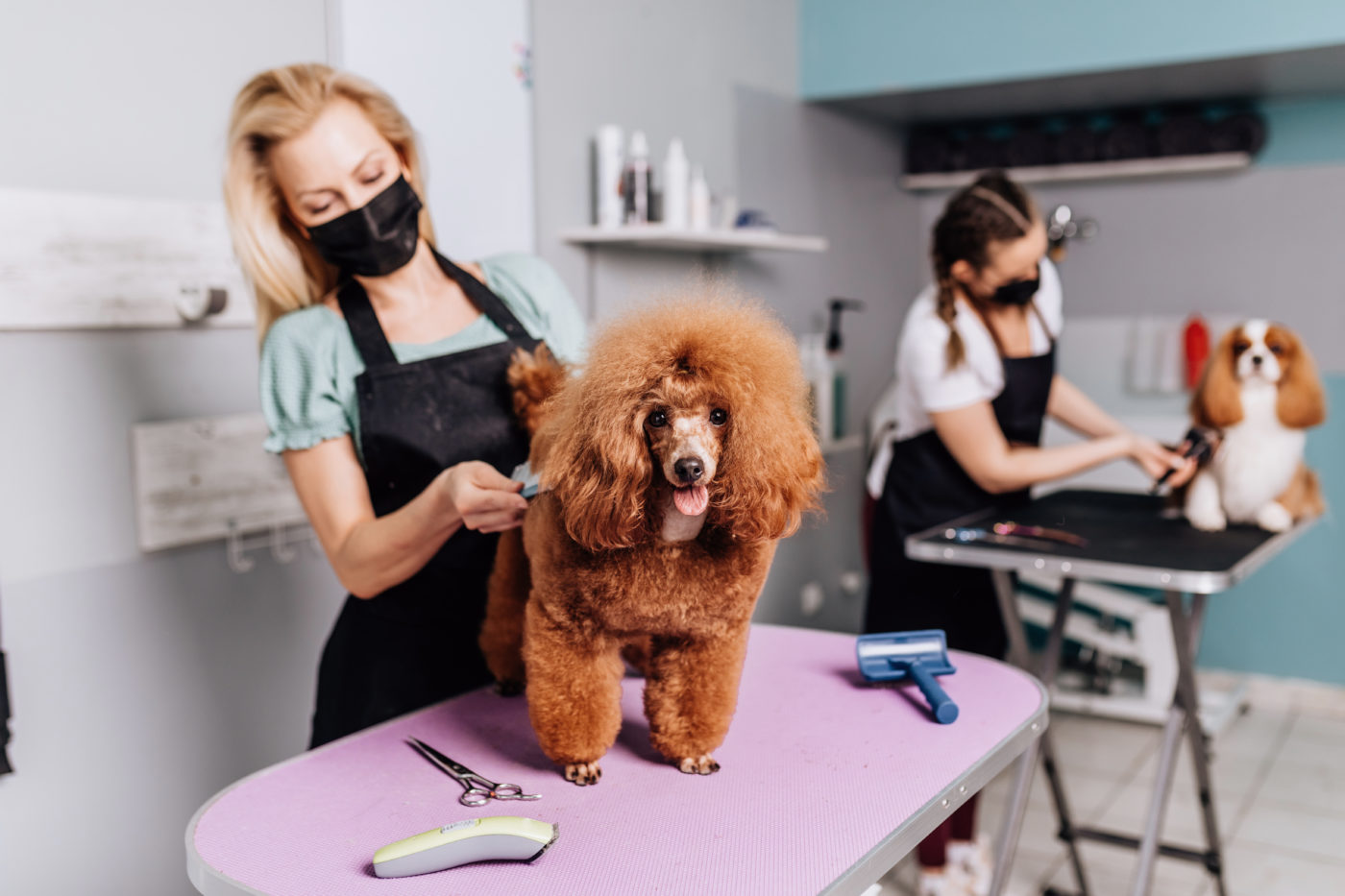

Find professional dog groomers in your areas and be sure to look up reviews or references. Once you contact a groomer, be sure to have a conversation about exactly what you want them to do and also get recommendations from them on what they think your dog might need. Communication is key if you want to avoid your pup becoming a star of a grooming fail video. Trimming the hair does not equal shaving your dog.
Good luck and happy grooming!
